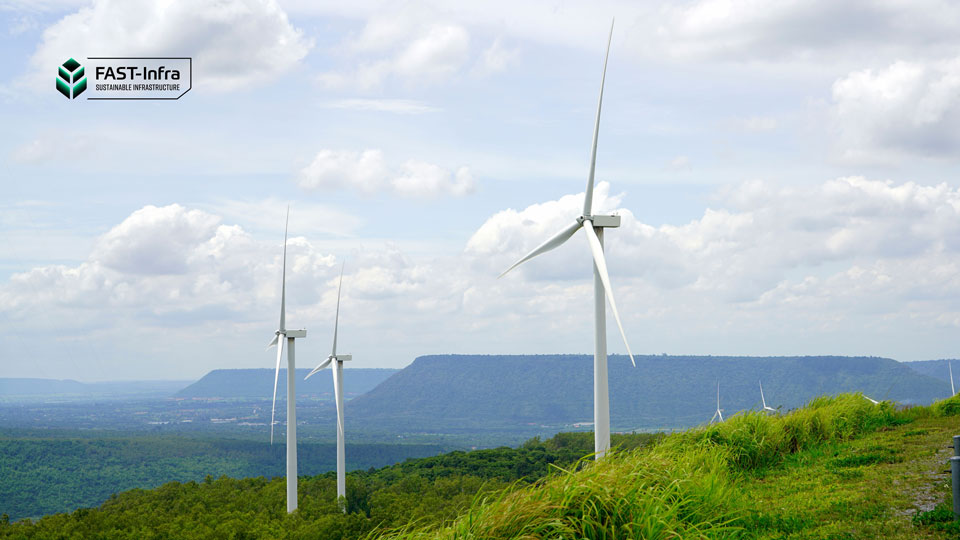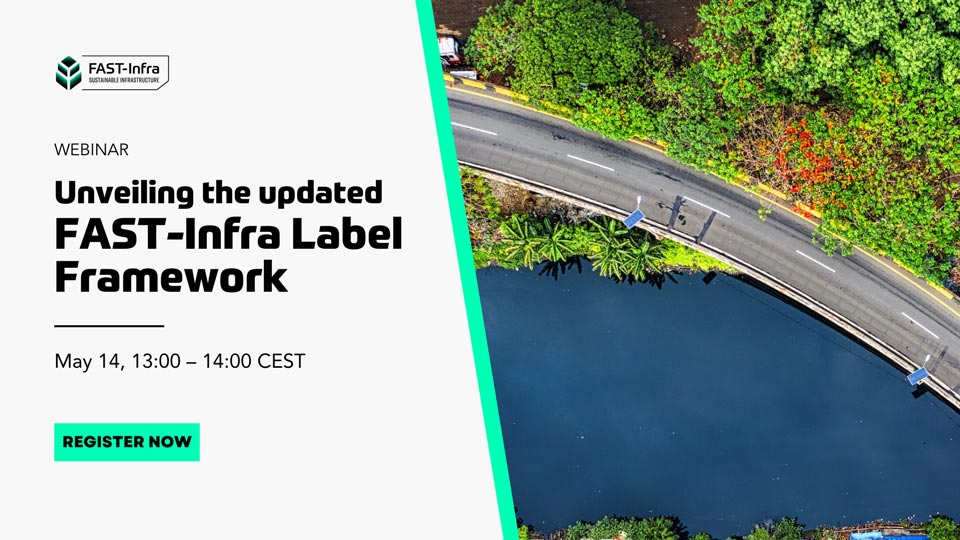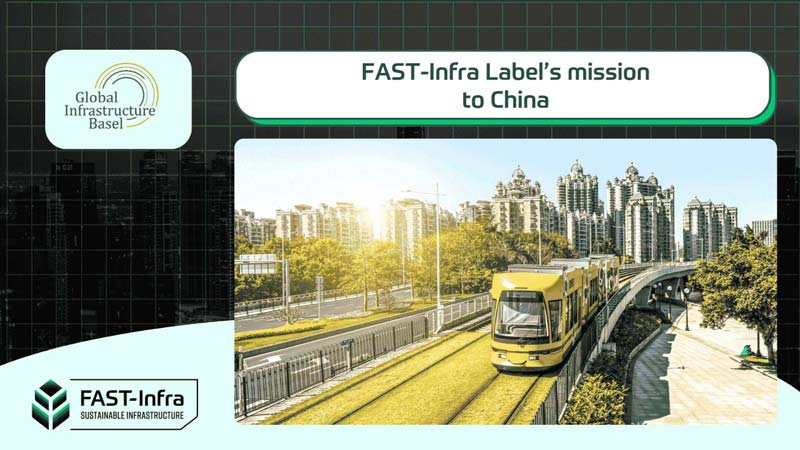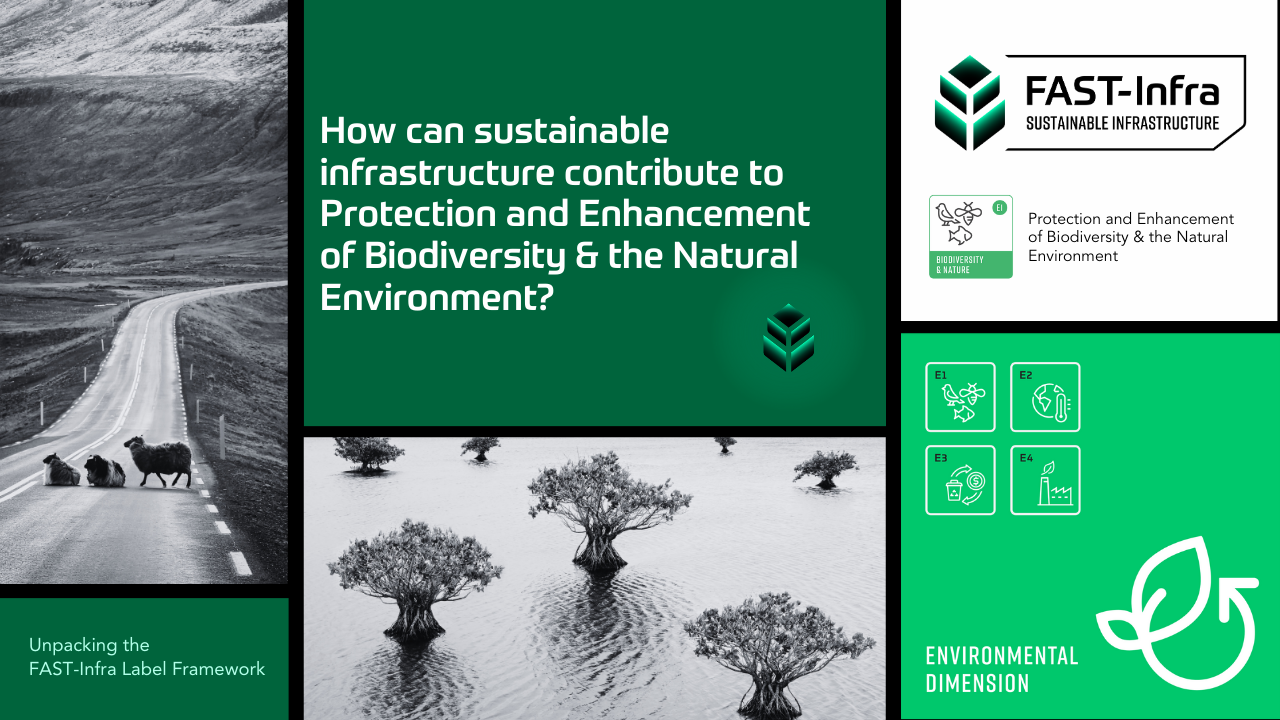
The importance of building resilience and adaptive capacity in sustainable infrastructure investments
What’s a Rich Text element?
The rich text element allows you to create and format headings, paragraphs, blockquotes, images, and video all in one place instead of having to add and format them individually. Just double-click and easily create content.

Static and dynamic content editing
A rich text element can be used with static or dynamic content. For static content, just drop it into any page and begin editing. For dynamic content, add a rich text field to any collection and then connect a rich text element to that field in the settings panel. Voila!
- A rich text element can be used with static or dynamic content. For static content, just drop it into any page and begin editing. For dynamic content, add a rich text field to any collection and then connect a rich text element to that field in the settings panel. Voila!
- t to that field
- t to that field
-
How to customize formatting for each rich text
How to customize formatting for each rich text
How to customize formatting for each rich text
Headings, paragraphs, blockquotes, figures, images, and figure captions can all be styled after a class is added to the rich text element using the "When inside of" nested selector system.
Adaptation and resilience are becoming increasingly relevant considerations for sustainable infrastructure due to the increased frequency of climate-induced disruptions. The planet was besieged by 42 billion-dollar weather disasters in 2022, and the total damage wrought by weather disasters was $360 billion, with 39% of that total being insured damages (Gallagher Re Natural Catastrophe Report of 2022). Impacts can include damaged roads, buildings and coastal infrastructure, transportation disruption, and much more. Infrastructure is often on the front line of climate change impacts and can be more vulnerable to damage than other assets. Infrastructure assets, such as buildings, roads, and bridges that make up our transportation system, or the power plants, transmission lines and distribution centres that make up our power grid, cannot be easily relocated or rebuilt when impacted by increasingly destructive climate-related events. Urban infrastructure constructed decades ago was not designed to withstand the worst impacts of climate change that have become more apparent, revealing a lack of resilience and vulnerability to damage and disruption caused by climate change. For example, OECD modelling of the potential impacts of a major flood in Paris found that 30% to 55% of the direct flood damages would be suffered by the infrastructure sector, while 35% to 85% of business losses were caused by disruption to transportation and electricity and not by the flood itself.
However, the biggest portion of economic losses tied to infrastructure is not just the damage of assets themselves, but from the indirect costs caused by disrupted infrastructure, such as the impacts on workers, jobs and supply chains. This report by the World Bank Group illustrates how in Kampala floods have significant impacts on multiple firms, even though relatively few are flooded directly. Floods obstruct roadways throughout the city, disrupting the connectivity between businesses and making it more difficult to transport goods and services. In the United States, the sales of affected firms decrease by approximately 5%, and their clients' sales also decline by 3% up to four months after the natural disaster, despite not directly experiencing the event. To mitigate these costs, infrastructure and connected systems must be designed in a way that enables adaptation and resilience to the physical impacts of climate change. Because infrastructure rarely operates in isolation, resilience of a specific asset may affect resilience of another as part of a larger system. This is why the Adaptation and Resilience dimension of the FAST-Infra Label requires infrastructure projects to evaluate risks as well as build resilience and adaptive capacity at both the project and system scales.
“In the FAST-Infra Label, we address resilience by not only looking at the chances of system failures in the face or large-scale disruptions, but we also look at disruption-agnostic system attributes, such as investment in maintenance and adaptation measures, and training of staff. Following the Sustainable Development Goals, in the FAST-Infra Label we included some positive contributions that look at how resilience investment can benefit not only the physical infrastructure assets, but also the served communities, industries and dependent infrastructure systems.”
Dr. Beatrice Cassottana
Damage to infrastructure and the broader systems it connects to can also have far-reaching consequences for communities and individual livelihoods. When infrastructure fails to withstand the challenges posed by climate change, it can disrupt the daily lives of residents and place both their well-being and economic stability in jeopardy. Sustainable infrastructure development can play an important role here.
“In the long-term, it can build capacity to mitigate emissions in order to solve the problem of climate-change at the source whereas in the short-term, development can build capacity to adapt to climate change by building robustness and speeding up post-disaster recovery”.
Dr. Beatrice Cassottana
To be resilient, we need infrastructure that can protect against system-wide disruptions. The 1994, moment magnitude 6.7, blind thrust Northridge Earthquake in Los Angeles, caused various failures in the water pipe networks, costing around $41 million. By contrast, the earthquake-resistant ductile iron pipes used in Japan have survived multiple large earthquakes, with magnitudes as high as 9.0. Building resilient infrastructure from the start can also ensure lower repair costs and maintenance needs over the life cycle of the asset. A steady flow of resources, processes and systems in regular maintenance is also more cost effective in the longer term. Typically insurance companies use well established models to evaluate the risks in a project: What can go wrong? How likely is it to happen? What are the impacts on the system? Dr. Cassottana tells us that because resilience deals with high-impact, low-probability events, it is difficult to forecast what can go wrong and its likelihood. Also, insurers are now trying to find alternative risk transfer solutions, such as parametric insurance, to cover the insurance protection gap and be able to insure not only physical assets that might suffer direct damage, but also the cost of business disruptions deriving from infrastructure service loss. For this reason resilience encompasses risk by looking not only at ways to fortify the system, but also at ways to enhance the post-disruption recovery in order to promptly restore service.
In this vein, the FAST-Infra Label framework requires all projects to identify and reduce material natural hazard, climate, and human-made risks throughout its lifecycle and adopt suitable short- and long-term adaptation and disaster risk reduction measures, showing consistency with climate resilience policies/strategies. To claim Positive Contribution, the project must enhance resilience beyond direct outputs, reduce vulnerabilities, and provide transformational impacts with co-benefits with national and subnational strategies. This emphasis on assessing and reducing risks and enhancing resilience serves as a beacon of hope for building a more resilient and adaptive infrastructure, one that not only safeguards physical assets but also bolsters communities, industries, and interconnected systems.
Discover the full framework here.






.png)
.png)
.png)
.png)
.jpg)

.jpeg)




















